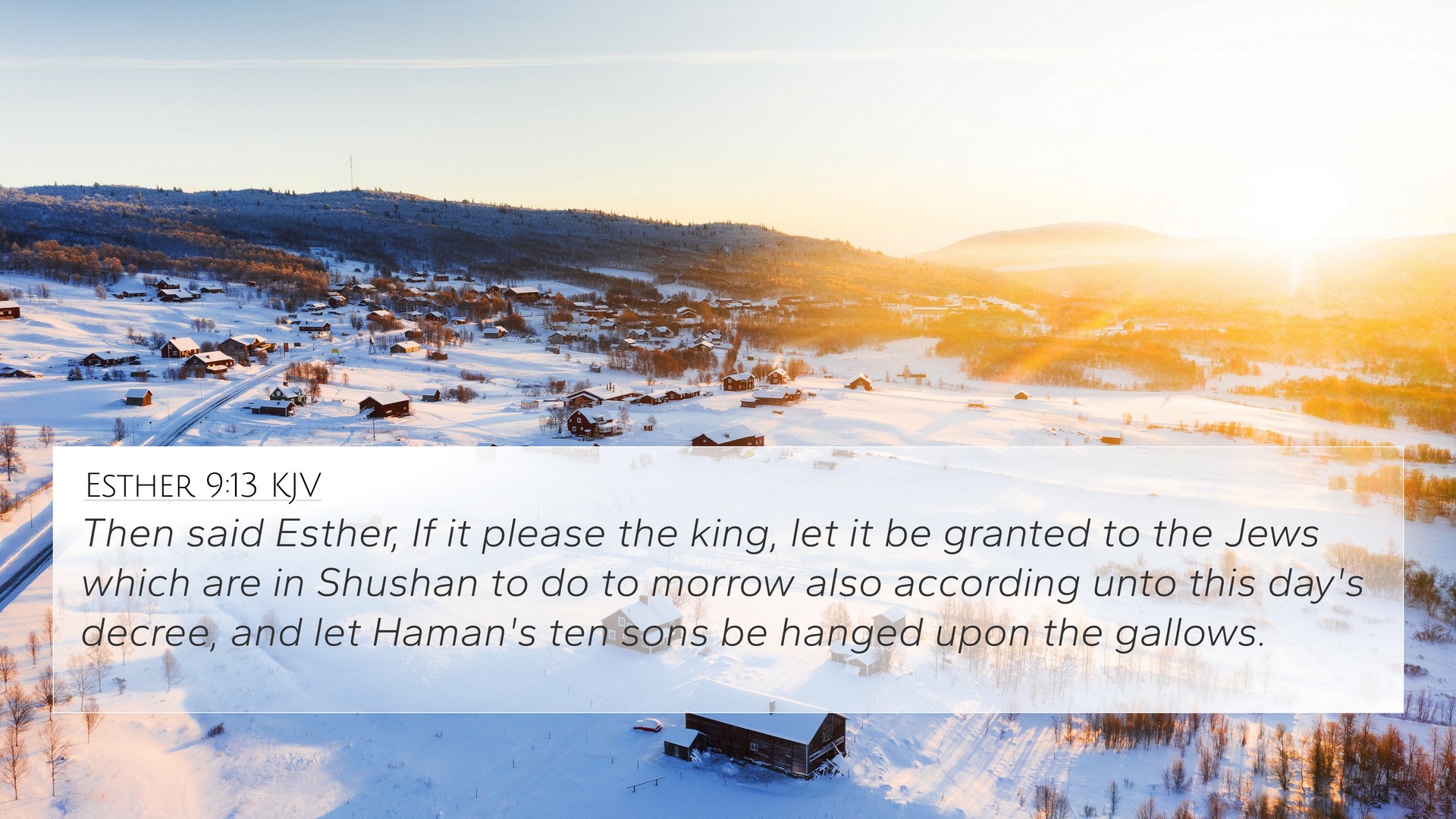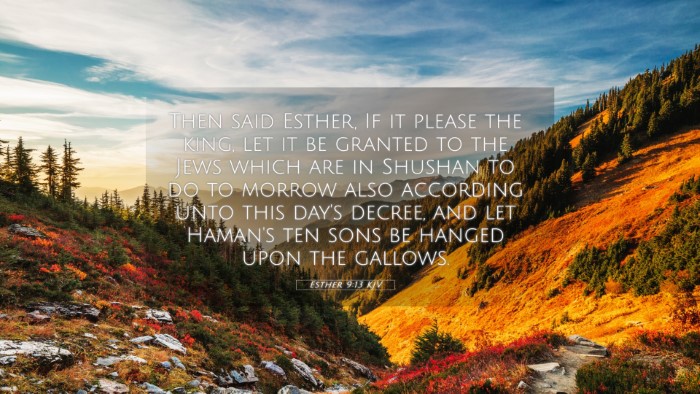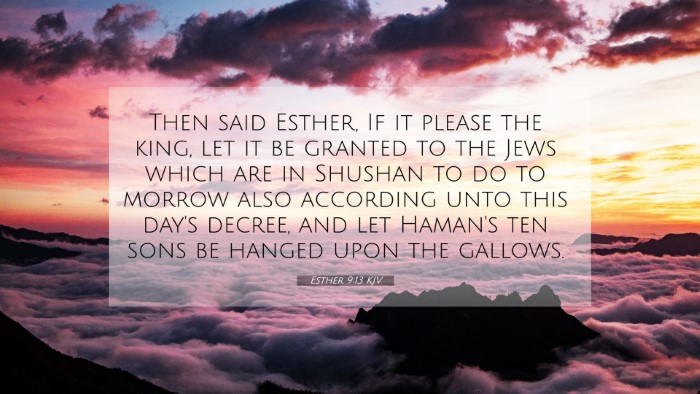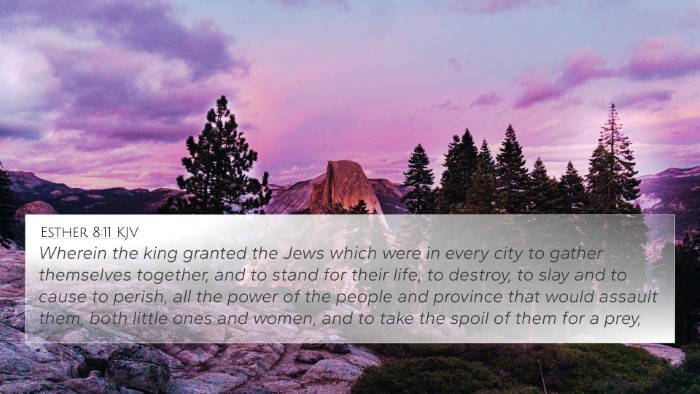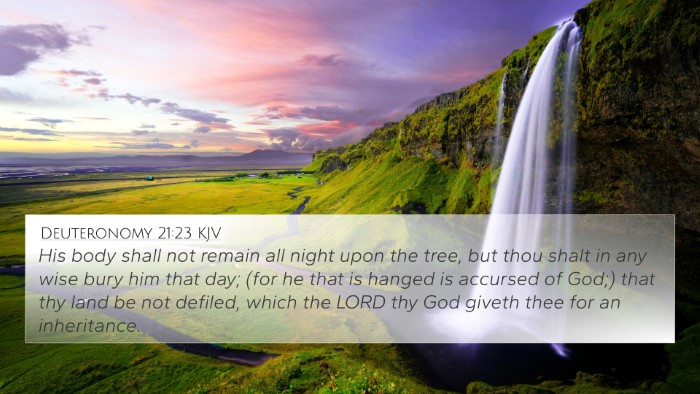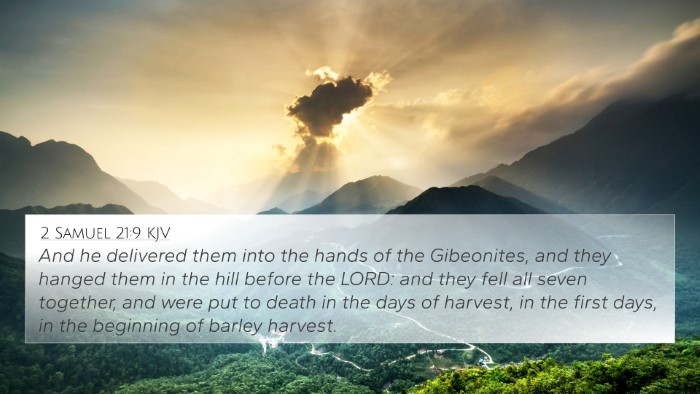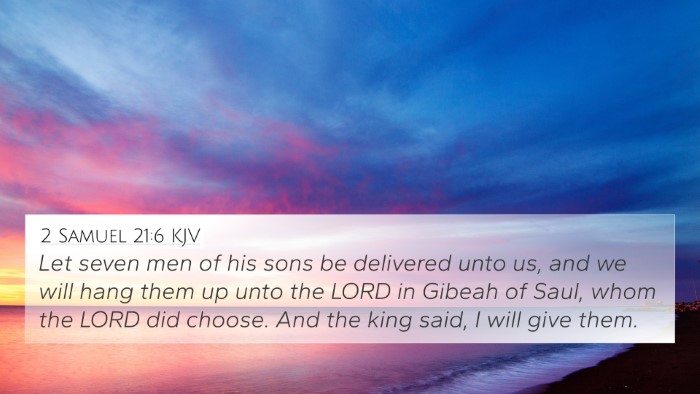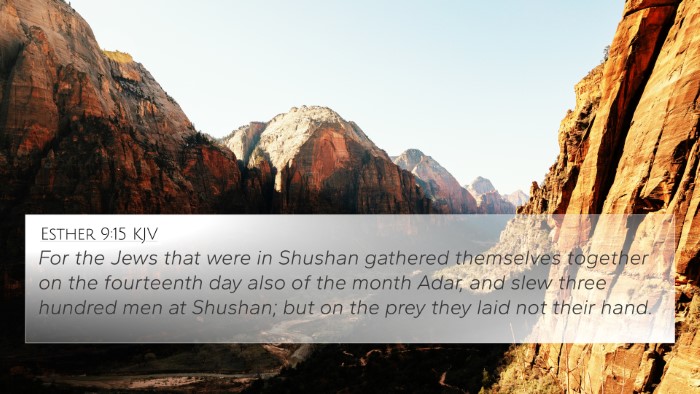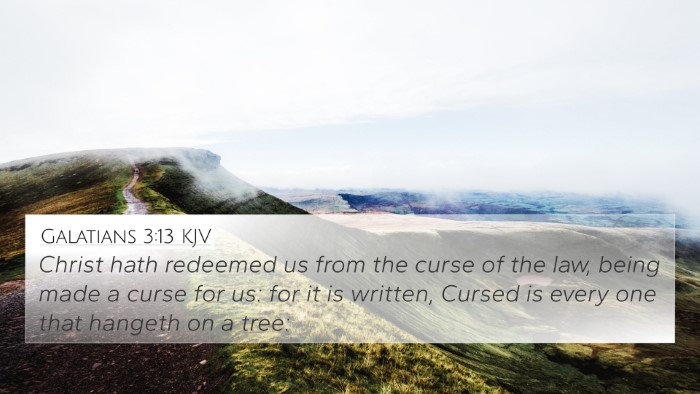Understanding Esther 9:13
Esther 9:13 states: "Then said Esther, If it please the king, let it be granted to the Jews which are in Shushan to do to morrow also according unto this day's decree." This verse captures a moment of Esther's appeal to King Ahasuerus regarding the fate of her people, the Jews, who had been granted the right to defend themselves against their enemies.
Summary of Insights
The verse highlights several important themes and insights:
- The urgency of the situation: Esther was aware of the ongoing threat to her people, and her request to extend the decree reflects a desperate need for continued protection.
- The role of the intercessor: Esther's position as queen allowed her to intercede on behalf of her people, pointing to the biblical theme of advocacy and intercession.
- Divine providence: The unfolding events in the Book of Esther illustrate God’s providential care for His people, often working through human agents.
Commentary Insights
Matthew Henry
According to Matthew Henry, Esther's request is notable for its faith and resolve. She sees the necessity to act swiftly and seize the moment to ensure her people's safety. Henry underscores the importance of taking decisive action when one is in a position of influence, as Esther was.
Albert Barnes
Albert Barnes elaborates on the tactical wisdom of Esther. He highlights how Esther's request is both strategic and prayerful, suggesting that prayer should accompany our requests in times of need. Barnes emphasizes the idea that spiritual and earthly wisdom should go hand in hand.
Adam Clarke
Adam Clarke discusses the implications of Esther's persistence. He notes that her courage in the face of danger serves as an example to all who face adversity, urging believers to stand firm and seek help from those in authority when necessary. Clarke remarks on the significance of unity among the Jews in Shushan as they face their enemies together.
Bible Cross References
This verse can be connected to several other scripture passages, enhancing our understanding through Bible verse cross-references:
- Esther 3:13 - This earlier decree indicates the threat against the Jews and sets the stage for Esther’s plea.
- Esther 8:11 - The king’s decree allowing the Jews to defend themselves provides context for Esther’s request.
- Exodus 17:14-16 - The theme of God's protection over His people can be seen here, paralleling Esther's situation.
- Isaiah 54:17 - This verse assures God’s protection against attacks, resonating with the Jews’ plight in Esther.
- Psalm 91:15 - A reminder of God’s promise to be with those who call upon Him in times of trouble.
- James 5:16 - The power of prayer as a means of intercession resonates with Esther’s actions.
- Romans 8:31 - "If God is for us, who can be against us?" connects with the assurance of protection in Esther’s story.
- Matthew 10:16 - Jesus’ encouragement for His followers to be shrewd as serpents emphasizes the wisdom found in Esther's approach.
- Hebrews 4:16 - Encouragement to approach the throne of grace boldly mirrors Esther’s courageous plea to the king.
- Philippians 4:6-7 - A directive to present our requests to God resonates with the act of seeking help in times of need.
Thematic Connections and Interpretation
The passage encourages readers to explore connections between Bible verses and understand how Esther's plea serves as a model for reliance on God and seeking justice.
Importance of Contextual Analysis
Through comparative Bible verse analysis, one can see how Esther’s narrative parallels various themes found throughout Scripture, including the need for intercession, divine protection, and the role of faith in times of crisis.
Using Cross-References in Study
To effectively engage with texts like Esther 9:13, employing tools for Bible cross-referencing can deepen understanding. Here are some methods:
- Bible Cross-Reference Guide: Utilize guides that highlight connections across texts.
- Bible Concordance: A useful resource for finding related verses based on keywords.
- Cross-Referencing Bible Study Methods: Develop a systematic approach to compare themes and narratives.
- Bible Reference Resources: Explore books or online tools dedicated to cross-referencing.
- Comprehensive Bible Cross-Reference Materials: Create a personalized catalog of connections that enhance study and understanding.
Application for Personal Study
As you study Esther 9:13, consider questions such as: What verses are related to this specific verse?, How do Esther's actions reflect a deeper biblical truth?, and What lessons can be drawn about faith, courage, and community? These inquiries encourage exploration of scripture through a lens of inter-Biblical dialogue.
Conclusion
Esther 9:13 serves as a vital lesson in faith and advocacy. By examining related scriptures, we enrich our understanding and uncover the profound connections woven throughout the biblical narrative. As believers, may we inspire each other to be like Esther—brave in our petitions and steadfast in faith, trusting in God's overarching providence.
